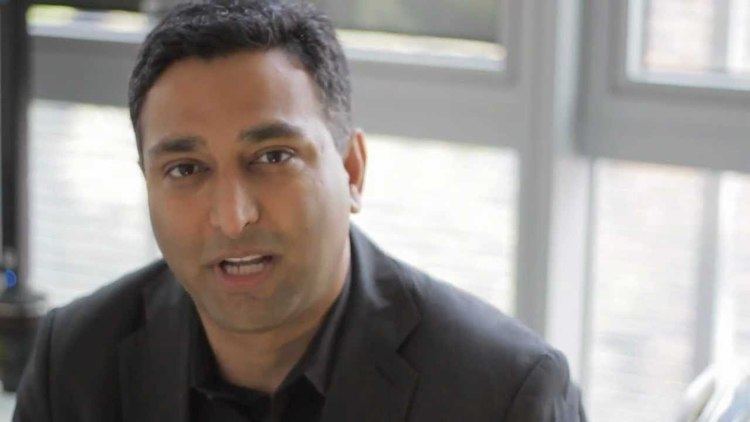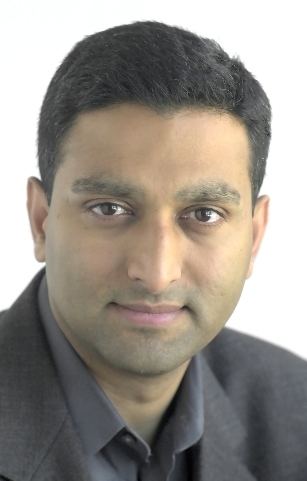Citizenship American Role Author | Name Ramesh Raskar Notable awards TR100 | |
 | ||
Residence Cambridge, Massachusetts, United States Alma mater University of North Carolina at Chapel Hill, College of Engineering, Pune, Savitribai Phule Pune University Books Computational Photography, Spatial Augmented Reality: Merging Real and Virtual Worlds | ||
Ramesh raskar imaging at a trillion frames per second
Ramesh Raskar is a Massachusetts Institute of Technology Associate Professor and head of the MIT Media Lab's Camera Culture research group. Previously he worked as a Senior Research Scientist at Mitsubishi Electric Research Laboratories (MERL) during 2002 to 2008. He holds over seventy-five patents. He received the $500K Lemelson–MIT Prize in 2016. The prize money will be used for launching REDX.io, a group platform for co-innovation.
Contents
- Ramesh raskar imaging at a trillion frames per second
- Ramesh raskar extreme computational imaging darpa wait what
- Early life and education
- Mitsubishi Electric Research Laboratories
- MIT Media Lab
- Philosophies on Innovation
- Philosophy of DAPSDOPS and its global impact
- Awards and Fellowships
- References

Prof. Ramesh Raskar recently held a Reddit AMA (Ask me Anything).

Ramesh raskar extreme computational imaging darpa wait what
Early life and education

Ramesh Raskar was born in Nashik, India and he finished his engineering education from College of Engineering, Pune. He finished his PhD at UNC Chapel Hill.
Mitsubishi Electric Research Laboratories

Raskar joined Mitsubishi Electric Research Laboratories in 2002. His significant contribution in computer vision and imaging domain led him to win 'TR 100' in 2004, 'The Global Indus Technovator Award' in 2004 respectively.
MIT Media Lab
Raskar joined MIT Media Lab in 2008. Raskar, together with others developed a computational display technology that allows observers with refractive errors, cataracts and some other eye disorders to perceive a focused image on a screen without wearing refraction-corrective spectacles. The technology uses a light field display in combination with customized filtering algorithms that pre-distort the presented content for the observer.
His lab produced a number of extreme highspeed pictures using a femto-camera that took images at around one-trillion frames per second. They have also developed a camera to see around corners using bursts of laser light.
Juliett Fiss has covered his role as the catalyst behind the Siggraph NEXT program at Siggraph 2015 in Los Angeles.
Raskar was awarded the "2017 CG Achievement Award" by ACM SIGGRAPH for his potential contribution in computational photography and light transport and their applications for social impact.
Philosophies on Innovation
Raskar has presented a series of talks and workshops on innovation processes.
They include his Idea Hexagon, How to give an engaging talk, How to prepare for a thesis, How to write a paper and the Spot-Probe method for problem-solution identification.
Key ideas from his interview with Lemelson Foundation are as follows.
See the world in a new or different way, and great things will happen. The next generation of young inventors will then spot a whole new set of problems and probe for solutions that no one can begin to predict.
Philosophy of DAPS/DOPS and its’ global impact
In his recent talk, Raskar mentioned, "Instead of apps, let’s think about DAPS (Digital Applications for Physical Services) Or DOPS. If you want to make it broader, we can have DOPS (Digital Opportunities for Physical Services). With DOPS and DAPS we have an opportunity to impact the physical world in areas where we simply couldn’t before".
